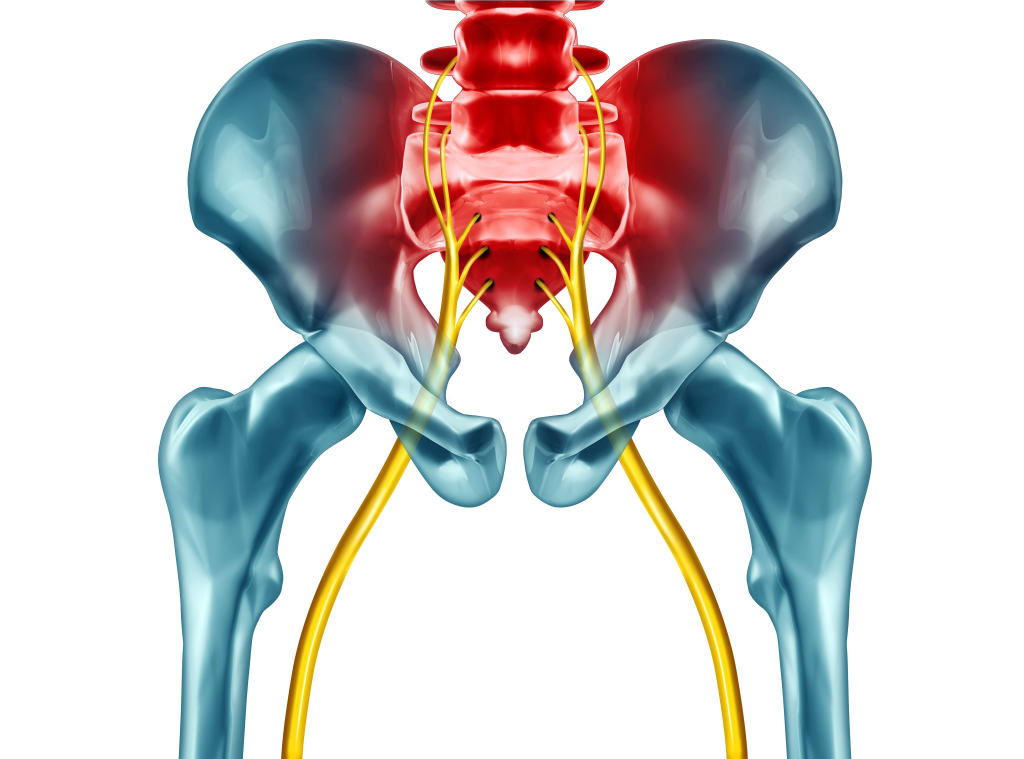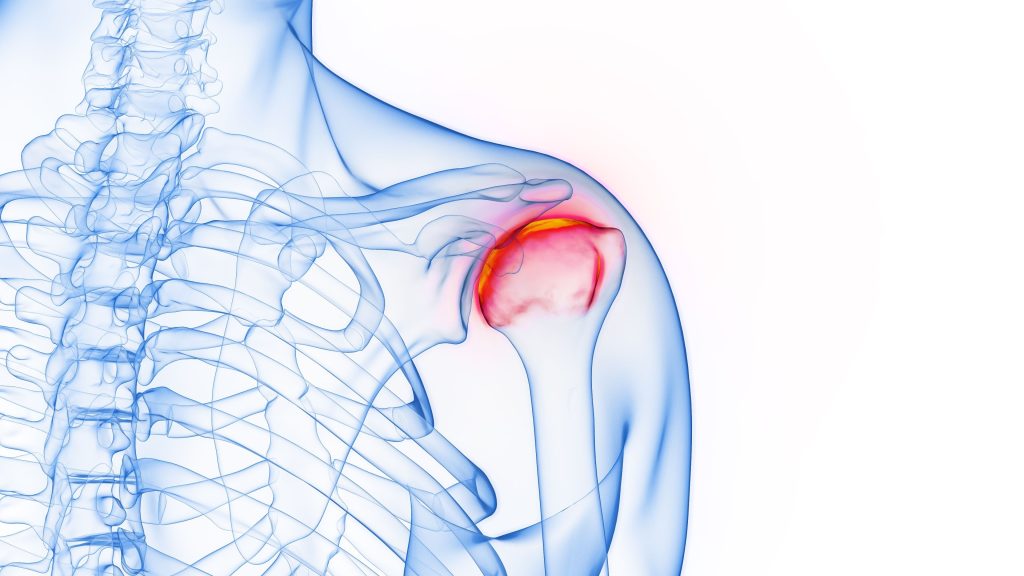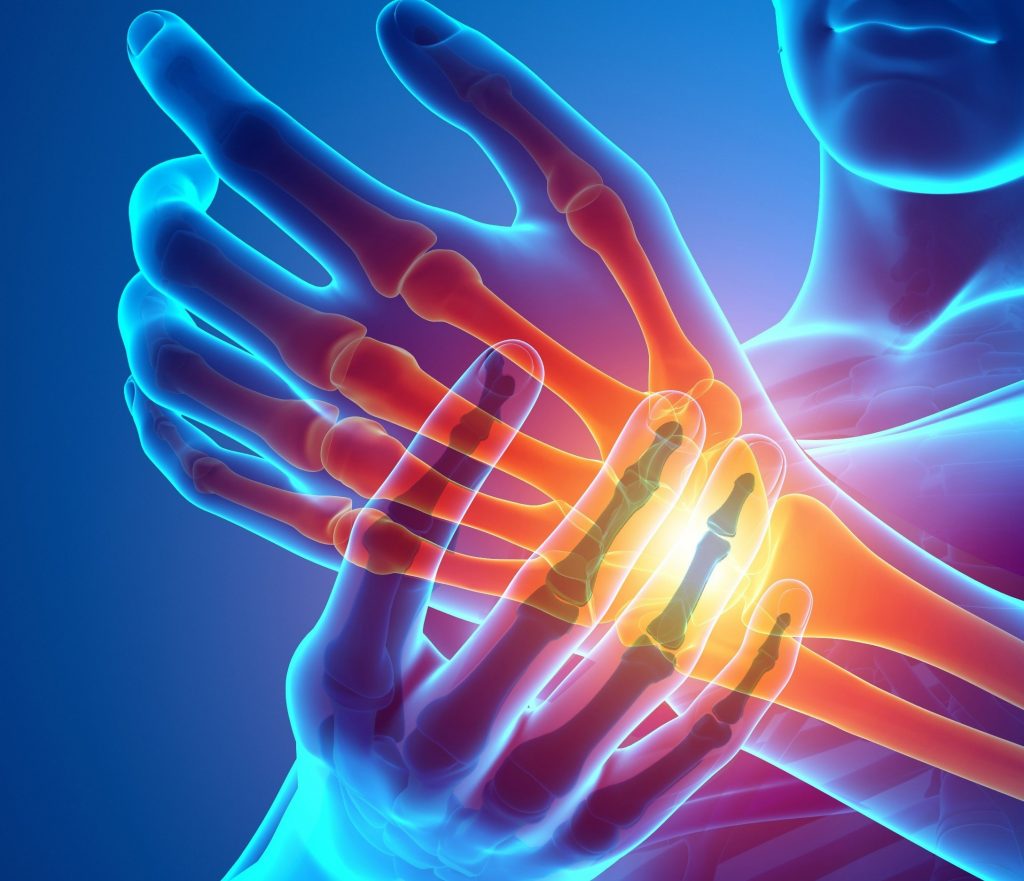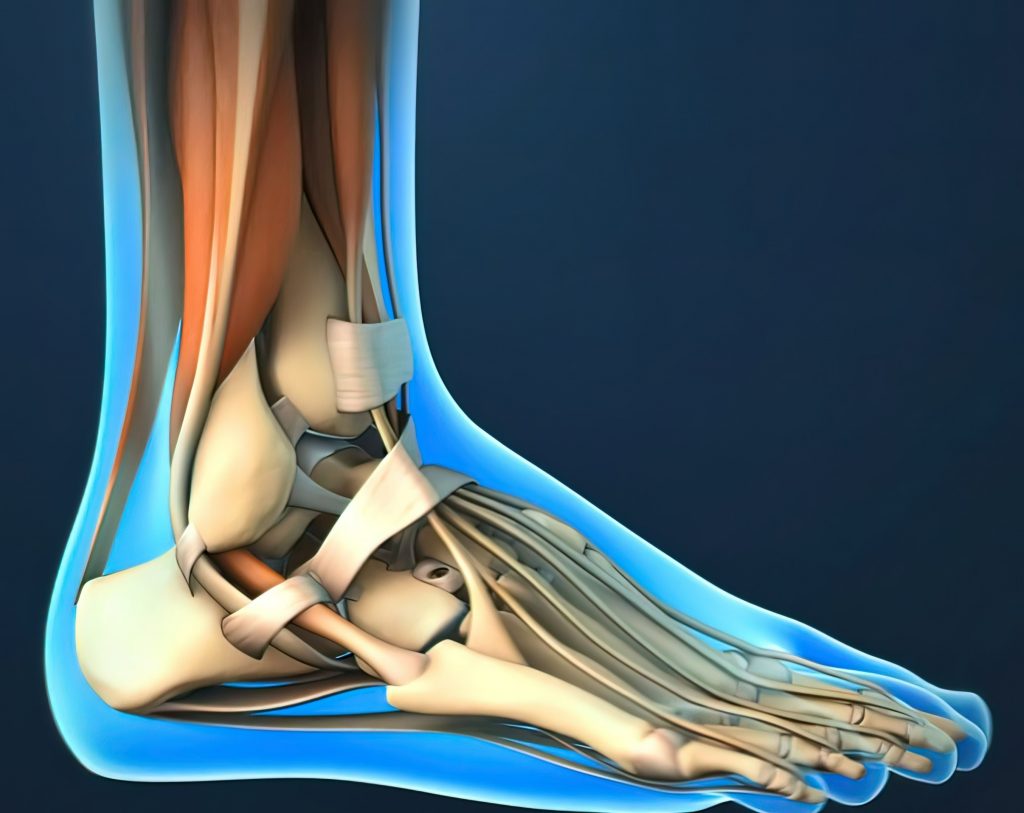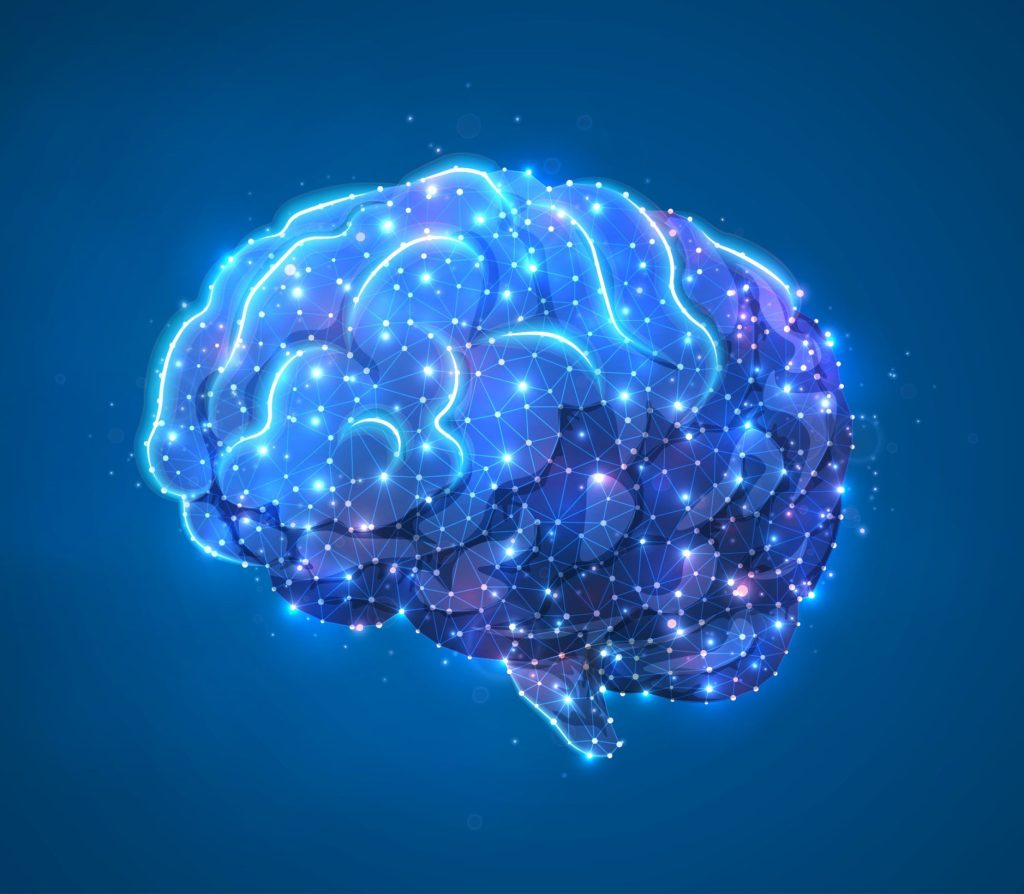
Cerebral Palsy Cerebral refers to the cerebrum, the largest portion of the brain. The cerebrum controls and integrates motor, sensory and higher cognitive functions, such as thought, reason, emotion and memory. Palsy refers to a disorder of movement. Causes Every fifteen hours, an Australian child is born with cerebral palsy. Cerebral palsy is caused by […]

